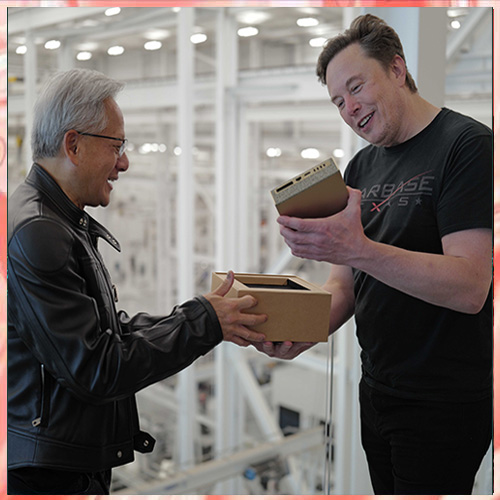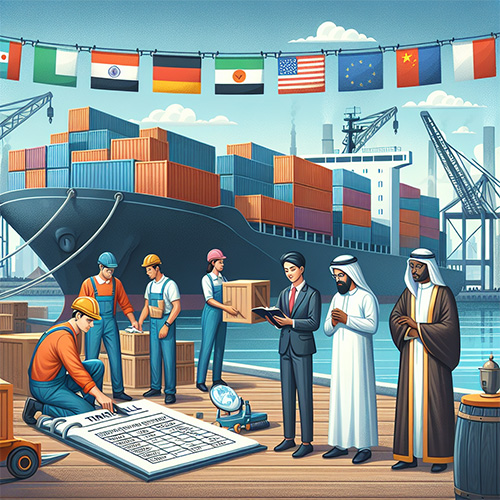
India missed the first and second Industrial Revolutions in the 19th and early 20th centuries as it was then fodder for colonial industrialisation. It also missed the third technology-driven one, since it came at a time when India’s economic policies were not conducive to technology. But India has been lucky to be at the forefront of leading into the Fourth Industrial Revolution - a digitally driven one - with speed and scale.
GoI recently gave a policy push to ensure that no Indian remains without a unique identity. Today, 99% of Indian adults have an Aadhaar identity number. The government further interlinked the identity system with bank accounts and mobile numbers, resulting in the JAM (Jan Dhan-Aadhaar-mobile phone) trinity. JAM has become the fundamental digital architecture ushering in holistic financial inclusion.
The Bharat Interface for Money-Unified Payment Interface (BHIMUPI), with over 600 million transactions in January 2019 alone, is the interoperable backbone connecting all banks and consumers, and is being front-ended by many national and international digital platforms.
The open digital innovation by the government has been leveraged by the start-up community, making India now the third-largest start-up ecosystem in the world. Indian retail brokering, ecommerce, food delivery and ride-hailing start-ups are competing as equals with the largest platforms in the world. By designing unique and frugal solutions that are being enthusiastically consumed by the local market, India’s innovations and start-ups are growing with an ambitious approach of serving customers globally.
While every industrial revolution brings with it a speculation about destruction of jobs, what primarily changes with every transformation is the nature of jobs. India’s ‘New Economy’ is augmenting jobs rather than replacing them. The ride-sharing industry is a great example of this.
Personal vehicle ownership continues to rise, along with the usage of shared taxis. This new consumption pattern has led to over 1.5 million jobs being created in the shared cab industry. And these jobs aren’t just limited to Tier-1 or Tier-2 cities, which were earlier the primary beneficiaries of the digital revolution. India’s biggest cab aggregator exists in close to 170 cities and towns across the nation. The New Economy has rather led to the rise of a new kind of employment: the gig economy. This allows the worker flexibility in deciding his or her participation in the labour market by determining his or her own work hours and timings.
Food delivery and ecommerce platforms are prime examples, augmenting the labour market by over one million through direct and indirect value chain creation. Digital aggregation of service providers such as plumbers, cleaners and painters, occupations that earlier largely relied on word of mouth for their revenue, has also allowed for greater employment opportunities with an efficient and transparent pricing structure.
India has leapfrogged into a ‘mobile-first’ country and houses one of the largest mobile manufacturing factories in the world. Indian mobile plants servicing this new-age consumer have increased from two in 2014 to 127 in 2019. Annually, over 225 million mobile phones are domestically produced. This rapidly growing sector has created about 400,000 jobs during the last five years.
India has more smartphones than the entire population of the US. It is one of largest consumers of data in the world, increasing from 0.2 GB a month to 11GB a month in the last few years. This, combined with a phenomenal decrease in the price of data, from Rs 269 per GB to Rs 19 per GB in the same time frame, has allowed for digital consumption by all segments of society, growing beyond the urban rich to the aspirational Indian youth and senior citizens as well.
The digital revolution of India is unique, as it ensures that not only the connected but also those who are yet to get on the internet highway are equally benefited and empowered by the fruits of the New Economy. Over 318,000 Common Service Centres (CSCs) located in various parts of the country provide entitlements to beneficiaries: soil health cards to farmers and Jeevan Pramaan certification for pensioners, in ‘assisted-mode’.
Apart from empowering citizens, CSCs have also allowed for self-employment and village-level entrepreneurship, creating jobs for over one million in the last five years. Rural India has been both the beneficiary of the rise of the New Economy and the labour force driving its growth.
India is at a watershed moment. Digital has the potential to create a countrywide Pareto improvement, where every citizen gains and no one is left behind. Aspirational India - aided by domestically designed platforms, proactive policymaking and its demographic dividend - is not just participating in, but also leading, the Fourth Industrial Revolution.
Arvind Gupta
(The writer is CEO, MyGov. Views are personal)
See What’s Next in Tech With the Fast Forward Newsletter
Tweets From @varindiamag
Nothing to see here - yet
When they Tweet, their Tweets will show up here.





























